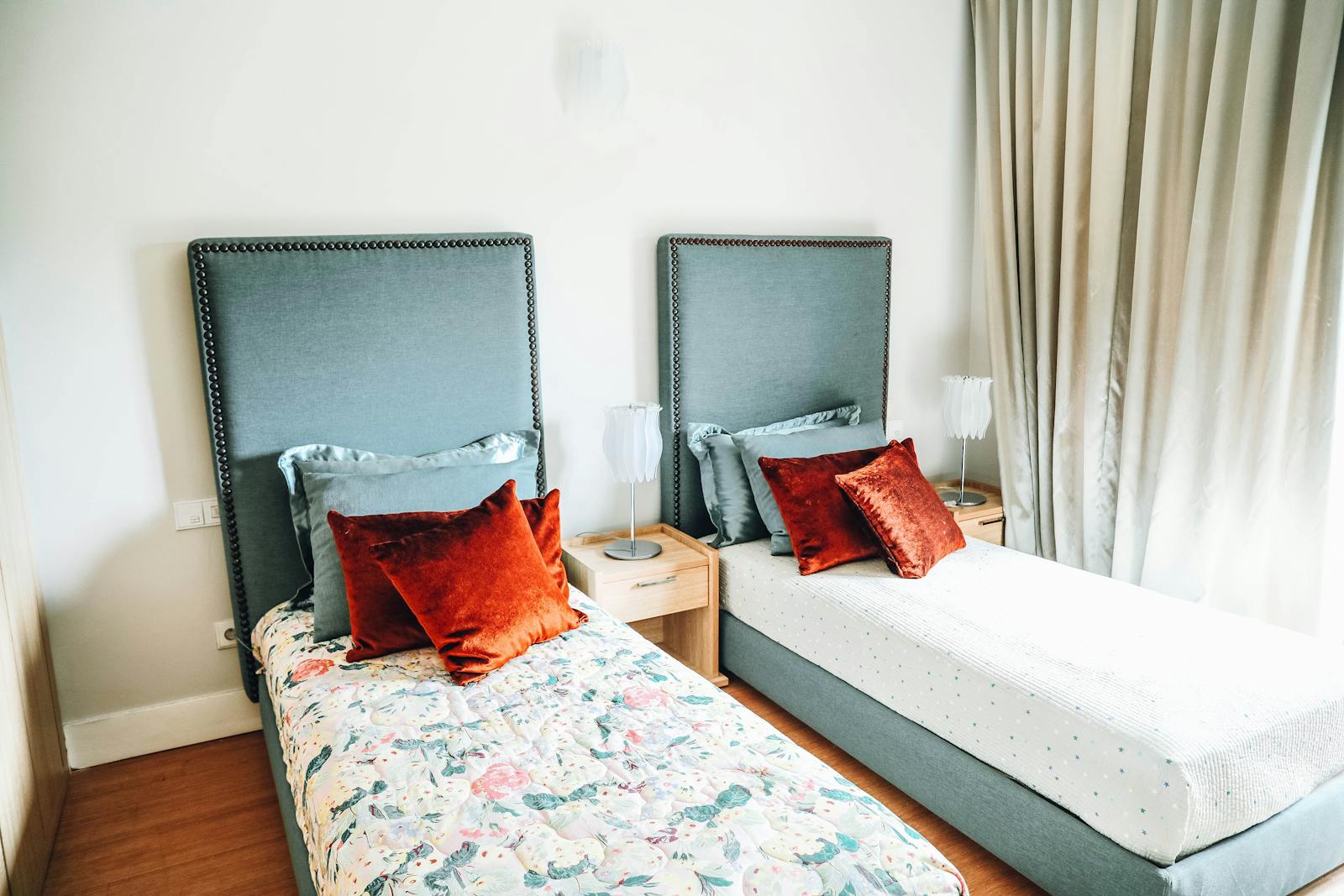Despite a weak Canadian dollar, rising unemployment and a shrinking national GDP, B.C.’s hotel industry appears to be showing a level of collective resilience not seen this decade.
CBRE Ltd. senior vice-president Nicole Nguyen with the brokerage’s valuation and advisory services group told Western Investor that B.C. markets across the Okanagan and Interior, along with Vancouver Island, saw high occupancy and transaction rates over the summer on par with pre-COVID-19 levels.
“We're back to or beyond, in many cases, 2019’s peak industry performance from both the top line and, most importantly, on the bottom-line standpoint,” Nguyen said.
The metrics used to gauge the hotel industry’s pulse include occupancy and capacity rates, overall revenue, revenue per available room (RevPAR) and average daily rate (ADR), among others.
CBRE’s 2026 Hotels Outlook report issued Sept. 15 indicates that B.C.’s hotel sector is outpacing every other region in the country.
Province-wide occupancy levels have consistently sat around 70 per cent since 2023, while ADR numbers were pegged at $252 million – a significant jump from 2019’s five-year low of $192 million. B.C.’s RevPAR numbers also reached a five-year high: $178 million this year compared to $136 million in 2019.
Ontario and Quebec’s occupancy rates hovered between 66 and 67 per cent; ADR numbers were at $210 and $233 million respectively; and RevPAR stats place Ontario at $141 million and Quebec at $153 million.
Nguyen said two major factors are driving the provincial sector’s recent success: fewer domestic travellers headed to the U.S. and less wildfire disruption.
While the 2025 wildfire season was vast in scope, its impacts didn’t include widespread displacement or trip cancellations. Tofino, Victoria and southern Vancouver Island, Kamloops and Kelowna and the Rocky Mountain region straddling the B.C.-Alberta border all performed well, Nguyen said.
The Metro Vancouver-wide snapshot was somewhat sluggish on the transaction side largely due to the nature of the owners. As Nguyen explains, those assets are often held by large, private investors or long-term owners such as pension funds.
New builds in major metro markets are also hampered by land, input and labour costs, along with the time it takes to get to market, and investor risk. When activity in those major markets see an uptick, it’s most often the purchase of existing properties rather than new builds.
“It's incredibly difficult to get an asset in Vancouver and it's the same in Toronto,” Nguyen said. “Once you have [a hotel property], it's rare that they transact and that's just because of the style of ownership.”
Macdonald Commercial Real Estate Services Ltd.’s Nick Goulet is the only commercial agent based on the west coast of Vancouver Island. As of mid-September, Goulet’s firm was overseeing the sale of the Tofino Motel Harbourview, a 13-room motel at the entrance to Tofino with an asking price of $6.2 million.
“Buyer activity in the hospitality market, especially with boutique hotels and motels like the Tofino Motel Harbourview, has been noticeably strong,” Goulet said. “I continue to see steady interest from groups both on and off the Island, and I’m speaking with buyers on a regular basis about opportunities here.”
Goulet has seen considerable uptick from lifestyle buyers wanting income properties in coastal locations who are largely unbothered by the geopolitical unease between Canada and the U.S.
“I've experienced a notable amount of interest from U.S. investors on various investments,” Goulet said. “The buyers I’m dealing with are focused more on the long-term appeal of the Island.”
Further south down the Island, JBW Commercial broker Harry Jones recently helped close a deal on Victoria’s iconic Bedford Regency Hotel. The purchaser paid $8.9 million, and Jones said plans are to maintain the property as a hotel operation.
Jones’ sense of the Capital Region market isn’t as bullish as his west coast counterpart – instead, Jones views the trends as “active, but selective.”
“The market isn't what it was a handful of years ago when things were flying off the shelf,” Jones said. “But we're still seeing a strong, strong amount of activity on the investment sale side of things.”
Jones’ tempered approach is shared by Nguyen as she looks forward to the rest of 2025 and into 2026.
Nguyen points to several precursors that could interrupt the travel and hotel sectors moving forward: the national GDP shrinking by 1.6 per cent in the second quarter and a rise in both unemployment and core inflation.
“Generally bookings are made 60 to 70 days out when most people make their decision about where they're going,” Nguyen said. “As the economic data starts continuing to shift, if the unemployment continues to rise and we continue to see really poor output out of the economy, the hotel industry will catch up fast. I can tell you that from other downturns, the tap turns off really quick in those situations.”






















